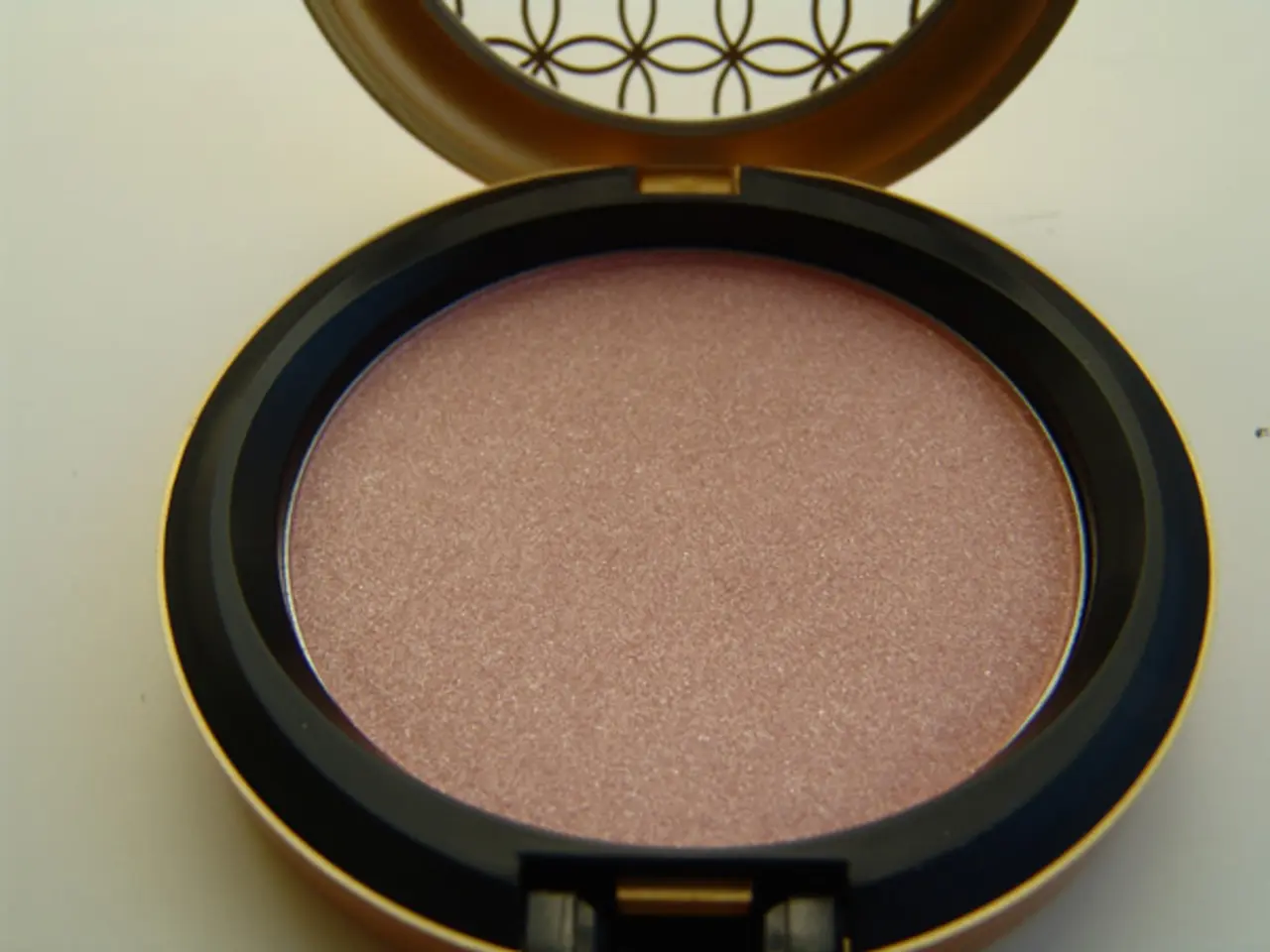Magnified Examination of Colloidal Silver
Colloidal silver, a suspension of tiny silver particles in a liquid, has been a subject of interest for its various potential uses and debated effectiveness and safety. This mixture, known for its high electrical conductivity, is commonly found in water and has a density similar to that of silver (around 10.49 g/cm³).
Production Methods
The production of colloidal silver often employs green synthesis methods, which utilise plant extracts or microorganisms as reducing and stabilizing agents. For instance, mint extract rich in polyphenols and flavonoids can be used to reduce silver ions into silver nanoparticles (AgNPs). Similarly, Artemisia extract and microbial synthesis are other examples of green methods used in the production process. These techniques offer controlled size and shapes for the resulting nanoparticles, impacting their biomedical and antimicrobial properties.
Uses
Colloidal silver finds diverse applications, ranging from antimicrobial uses in topical treatments and coatings, to biomedical applications such as drug delivery, wound dressings, and potential synergistic cancer therapies. In the realm of dental care, it enhances remineralization of teeth and inhibits tooth dissolution. Industrially, it is used in conductive inks and sensors due to silver's electrical conductivity.
Concentration Guidelines
Concentrations of colloidal silver vary depending on its intended use. For laboratory-grade colloidal silver powder, the silver content can be as high as 75% by mass. In solutions, colloidal silver is typically in the range of 10–50 ppm (parts per million) for consumer applications, but precise guidelines and safety thresholds are not standardized due to regulatory concerns. Therapeutic uses suggest less than 20 ppm as a "safe" concentration, although evidence and official guidelines lack robust consensus.
Potential Side Effects
Despite its potential benefits, colloidal silver use carries risks. Argyria, a condition causing a permanent bluish-gray discoloration of the skin, is known but typically occurs after prolonged use of high doses. High concentrations or intravenous exposure can lead to cellular oxidative stress, cytotoxicity, and organ damage. Many health claims lack rigorous validation, and improper use may cause more harm than benefit. Allergic reactions or skin irritation are also potential risks from topical exposure.
Regulatory agencies such as the FDA do not recognize colloidal silver as safe or effective for medical treatment, cautioning against oral ingestion. Bottles of colloidal silver display concentrations in parts per million (ppm), with "10 ppm" indicating ten milligrams of silver dissolved or distributed in one liter of water.
This article provides an overview of colloidal silver, its production methods, uses, concentration guidelines, and potential side effects, drawing from recent scientific literature and technical datasheets.
- Other green synthesis methods, like Artemisia extract or microbial synthesis, are used alongside mint extract to produce colloidal silver, offering controlled size and shapes for the resulting silver nanoparticles.
- In the health-and-wellness sector, manufacturers often market colloidal silver supplements as a means to boost immune systems and support nutrition, though there is limited conclusive evidence to support these claims.
- Therapies and treatments involving colloidal silver beyond its antimicrobial uses, such as in synergistic cancer therapies or potential applications in health-and-wellness supplements, are currently experimental and lack standardized safety guidelines.




